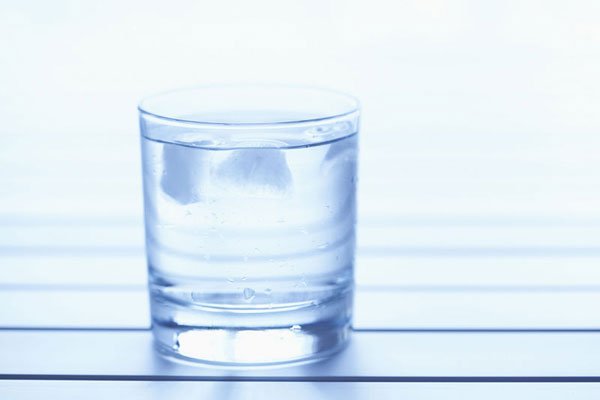As of the end of June, only nine domestic wells in southern
Santa Clara County are contaminated with higher than acceptable
levels of perchlorate, a potentially harmful chemical that leached
into local groundwater from a site owned and operated by road
flares manufacturer Olin Corp.
As of the end of June, only nine domestic wells in southern Santa Clara County are contaminated with higher than acceptable levels of perchlorate, a potentially harmful chemical that leached into local groundwater from a site owned and operated by road flares manufacturer Olin Corp.
That’s down from an estimate of more 1,000 local wells found to be contaminated with toxic levels of the chemical in 2001.
A report presented at a recent meeting of the Perchlorate Community Advisory Group showed that progress continues on the company’s efforts to clean up the drinking water supply.
Officials from area regulatory agencies are still working on ways to more accurately identify contaminated areas of the vast groundwater sub-basin below Morgan Hill and San Martin, and a pipeline system to hasten a thorough cleanup.
Those officials hope that, working with Olin, they can construct and turn on such a pipeline within a year, according to Thea Tryon of the Central Coast Regional Water Quality Control Board, the agency that oversees Olin’s court-ordered cleanup operations.
The pipeline would carry water from extraction wells drilled solely for the purpose of treating contaminated water, to the main cleanup site at 425 Tennant Ave. That site houses an ion exchange system that removes perchlorate from the water and injects clean water back into the aquifer.
Perchlorate is a chemical used in the manufacture of rocket fuel, fireworks and signal flares and can interfere with the natural function of the thyroid gland if consumed by humans.
Olin ran a factory that produced road flares at 425 Tennant Ave., from 1956 to 1995. The factory created a 10-mile long plume of groundwater that contained perchlorate concentrations far above maximum accepted levels of six parts-per-billion. Public and private wells used for drinking water in Morgan Hill and San Martin were heavily contaminated.
Some members of PCAG were irritated with the slow process of precisely characterizing which areas of the basin are contaminated, identifying sources of contamination, and the overall cleanup at Friday’s meeting.
Santa Clara Valley Water District engineer Behzad Ahmadi explained that the district’s two-phase plan to complete a key study has been hampered by a lack of cooperation from property owners in gaining water samples. That study will eventually determine what the background level of perchlorate is in the Llagas Sub-basin, and accurately identify the different sources of all local perchlorate contamination.
PCAG member Terry Mahurin noted that the district’s expected completion date of that study keeps getting pushed further into the future.
“The water district’s source analysis has been going on for four years,” Mahurin said.
Also as part of an agreement to correct the groundwater contamination, Olin has provided bottled water to residents whose wells have been contaminated with more that six parts-per-billion, the maximum acceptable level of perchlorate. At Friday’s PCAG meeting, Tryon noted that after the second quarter of this year, only 35 wells require replacement bottled water. That number is down from about 650 in 2006.
Perchlorate levels often fluctuate due to the movement of water in the groundwater basin, Tryon said, so it is possible that the next study could show an increase in wells containing higher than acceptable levels. Per its agreement with the RWQCB, Olin may request terminating bottled water service on wells that contain less than six parts-per-billion perchlorate for four consecutive quarters.













